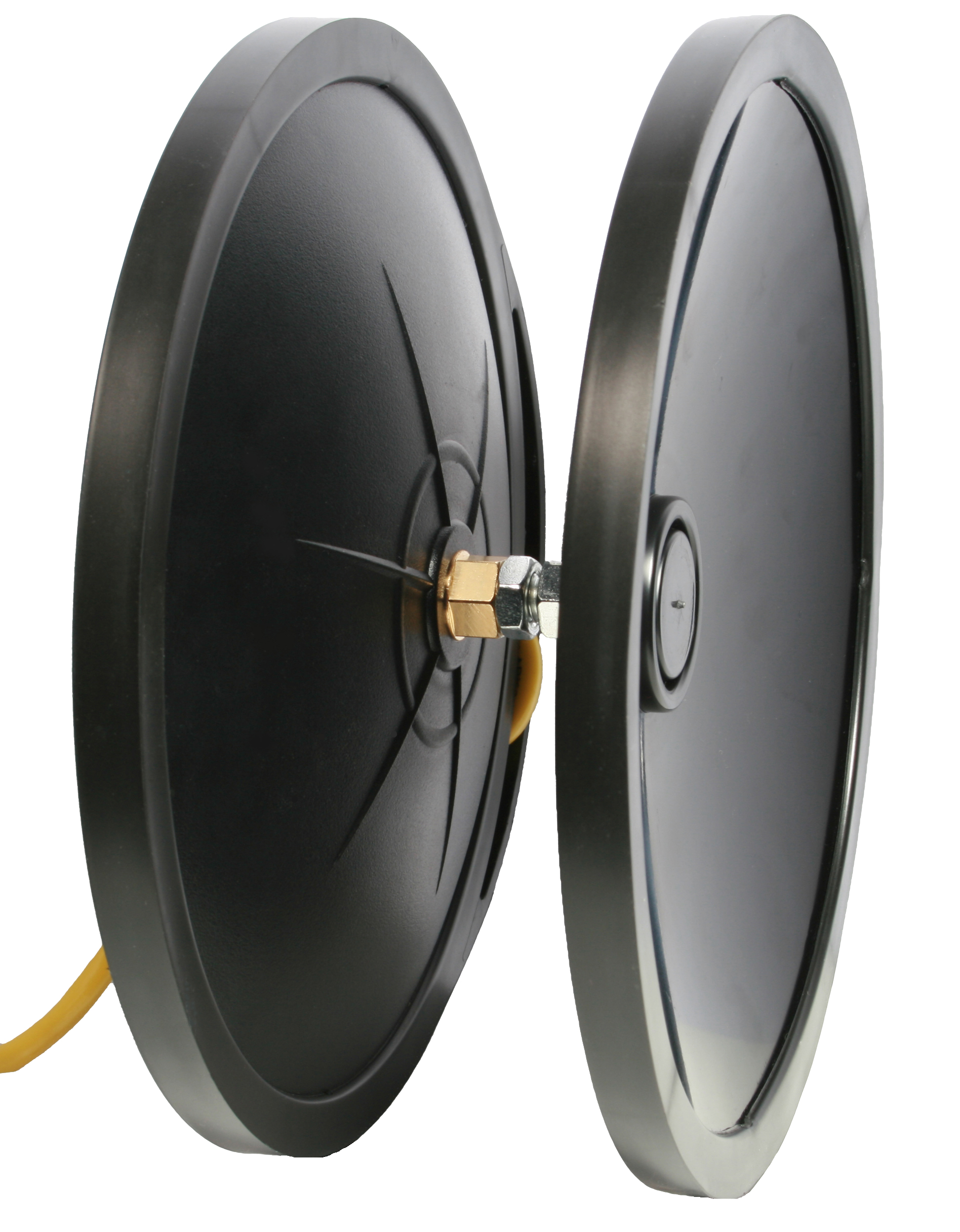How to install underwater speakers

Twenty years ago, very few people had heard of underwater loudspeakers; today they are among the most popular accessories for new pool construction.
But with the stigma (and science) surrounding electronic equipment in water, what do installers need to know about underwater acoustics to ensure decent sound quality?
ADVERTISEMENT
US audio component manufacturer Clark Synthesis director Bill Phillips says underwater speakers provide pool enthusiasts with music that completes the pool experience – whether used for swimming laps, relaxation or just playing with the kids.
Bill says there are a few important considerations for integrators when preparing to buy and install such speakers.
“First, integrators should look for speakers that have good frequency response in the low, middle and high frequency ranges.
“Many underwater speakers use piezo technology to reproduce sound. This is the same technology used to make high-frequency tweeters for home theatre speakers, and although piezo speakers can reproduce sound in upper-mid and high frequencies, they cannot reproduce low-frequency sounds.
“The use of piezo technology in underwater speakers can ultimately cause music to sound tinny.”
Bill says speakers must be able to reproduce full-bandwidth sound.
“Speakers in the home reproduce sound by creating pressure waves. The pressure waves are transmitted through the air to our ears. This is simply not feasible in pools due to the mass of water.
“The Clark Synthesis Aquasonic AQ339 underwater speaker reproduces sound using resonance, like a fine violin or cello. The resonating sound waves transmit extremely well in water, delivering crystal-clear music.”
Bill says the AQ339 is the only underwater speaker on the market that uses full-frequency, voice coil technology, rather than frequency-limited piezo technology.
When the speaker is submerged, its waterproof dome and sound lens come in contact with the water. As sound signals are sent through the speaker, the speaker physically reproduces the sound signals.
“Since water is an excellent conductor of sound, and since the AQ339 is a full-frequency, full-fidelity transducer, the pairing of these two factors results in clear, quality sound in the water.
“This same result cannot be attributed to piezo-based underwater speakers. These brands often reproduce sound that is tinny and lacking in the low-end bass frequencies that are such an integral part of music.”
Another important area of focus is speaker placement and coverage.
“Similar to common in-house audio installations, underwater speaker placement is imperative for the successful reproduction of sound,” Bill says.
“There are two factors related to speaker placement that are important when selecting speakers.
“First, determine the amount of sound coverage you want in the pool. A good speaker will generally be able to deliver quality sound over an area of 37m².
“Second, ensure you select speakers that can be mounted at varying depths.
“Some speakers are sold with minimum depth ratings. To give yourself the most flexibility in terms of installation and coverage options, buy speakers with no minimum depth requirements. This will allow you to mount the speakers in various areas of the pool, including the shallow end.
“Also, consider buying speakers that are designed to be installed in widely used pool light niches and mounting hardware. The AQ339, for example, is typically mounted in a standard light niche, which has no effect on the sound.”
Bill says you need to determine early in the piece the number of speakers needed to deliver an adequate level of sound coverage throughout the pool.
“The general rule of thumb is that one underwater speaker will provide sufficient sound coverage for a 6m by 6m area. So, if you had a 6m x 12m pool, you would need a minimum of two speakers to properly activate the area.”
“However, for lap pools – or pools with long, narrow segments – it is better to place one speaker for every 6m section, rather than one for every 37m².
“Ultimately, you need to choose the placement of the speakers according to the overall layout of the pool. It is usually recommended that speakers are placed in such a way as to allow for the greatest area to be covered (see accompanying graphic).
“As with pool lighting, you want to place the speakers in a location that directs the sound across the largest area.
“And it is best to avoid placing speakers on end walls, where there is a high possibility that the sound lens will be repeatedly kicked by swimmers turning and pushing off.”
Finally, Bill says installing the speaker about 450mm below the surface is common, but that may need to be adjusted based on the climate and the pool owner’s preferences.
The team at Clark Synthesis can help with speaker placement – fax or email a diagram and the staff will work with you to determine the best locations.
-
ADVERTISEMENT
-
ADVERTISEMENT

